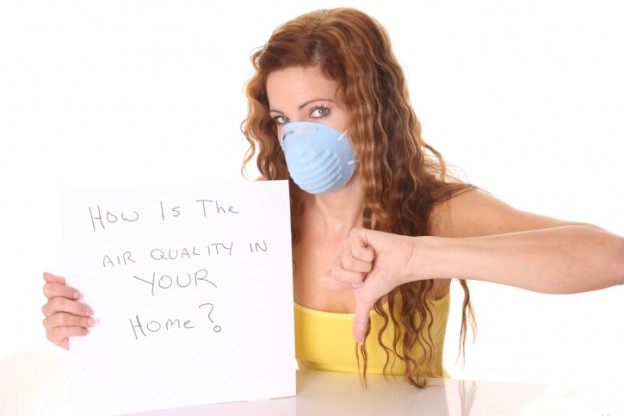
Resources
Ten Ways to Reduce Exposure to Household Toxins
Every month, new medical studies are being published that demonstrate a clear connection between environmental toxins and neurological conditions such as ADHD, autism, learning disabilities, intellectual disabilities and mood disorders. The Children’s Environmental Health Network and Physicians for Social Responsibility frequently post these studies on their websites.
The American Association on Intellectual and Developmental Disabilities explains, “Those living with intellectual or developmental disabilities may be at greater risk of secondary health effects from toxic exposures than individuals without disabilities. Furthermore, evidence shows that certain environmental chemicals such as lead and alcohol can cause disabilities, and disabilities caused by toxic exposures are unnecessary and preventable.” But where do we even start to reduce exposure to harmful pollutants? It turns out that the best place to start is at home. The Environmental Protection Agency has found that the average American home contains air that is two to ten times more polluted than the air immediately outside the home. And that’s just the air. Water quality, chemicals in food, soil and toiletries, and hazardous materials in cleaning products are also issues in most American homes. Here are ten simple ways to improve health and quality of life by reducing exposure to known toxins.


